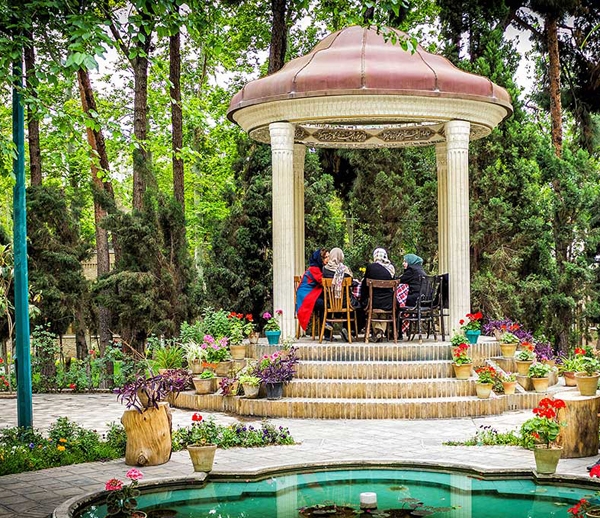Negarestan Garden is one of the significant historical and cultural sites of Tehran. Being located in the city center, the garden is a must-see place for tourists, who find interest in the history of Iran cultural development. The history of the garden interacts with the history of the University of Tehran and famous Iranian artist Kamal-ol Molk. After all, it is a beautiful place to have a walk and get familiar with Iranian architecture of 19th-20th century.
One of the halls hosts museum, devoted to the famous Iranian artist Mohammad Qaffari. Known as Kamal-ol Molk, he started the school of fine arts on the territory of the garden. Consequently, the exposition includes his works and works of two generations of his students.
History:
The garden was built in 1802 by order of Fath-Ali Shah, the second Shah of Iran, as a summer residence. There were lots of painting with kings’ portraits and signatures of famous painters such as Mirza Baba and Abdullah Khan. The name of the garden“Negarestan” means in Farsi language “a place full of pictures”. The inauguration ceremony of the third Shah of Iran, Mohammad Qajar, happened in Negarestan Garden in 1834. The “Peacock” throne, which participated in the ceremony, is now available in the National Jewelry Museum. During the reign of Mozaffar ad-Din the garden hosted agriculture school, school of fine arts and religious school. In 1928 an educational center for teachers started in one of the garden buildings. In 1936 one of the halls became a library. When University of Tehran started its work in 1934, some of the faculties held courses on the territory of Negarestan Garden. After all, in 1958 the garden became a property of Social and Cooperation Research Institute of Iran. Some of the buildings were destroyed after the fall of Qajar Dynasty in 1925, and the garden became much smaller.

Comment (0)